exhibition
11 December 2014 > 29 March 2015
Unedited History. Iran 1960 – 2014
opening hours
Monday closed
Tuesday to Sunday 11 am – 7 pm
Holidays extraordinary openings and closings
more informationMonday 8 December 11 am > 7 pm
Wednesday 24 December 11 am > 4:30 pm
Thursday 25 December closed
Wednesday 31 December 11 am > 4:30 pm
Thursday 1 January 11 am > 7 pm
Monday 5 January 11 am > 7 pm
Tusday 6 January 11 am > 7 pm


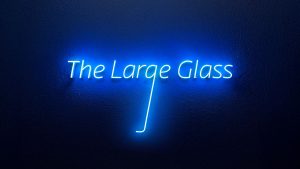
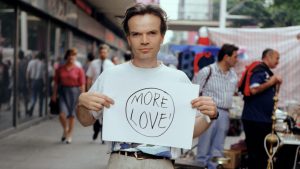
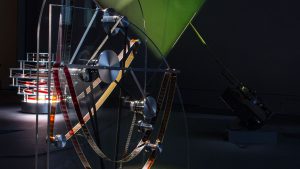

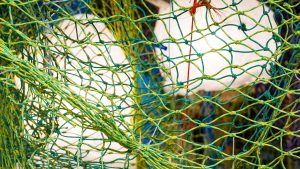
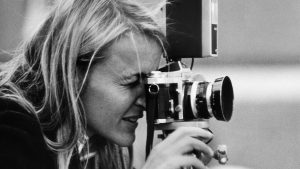

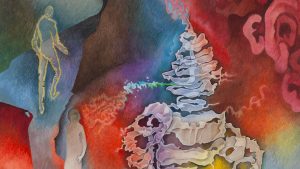
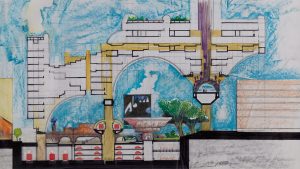
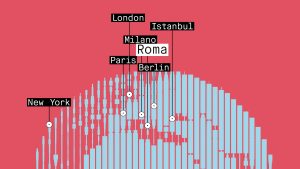

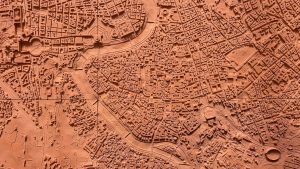


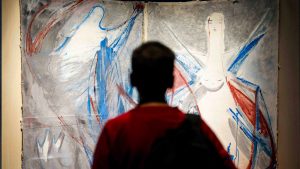
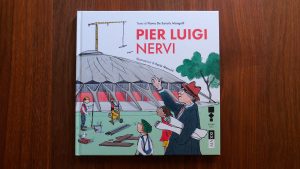
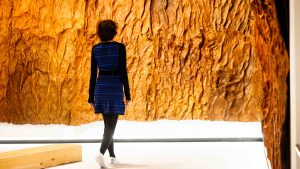

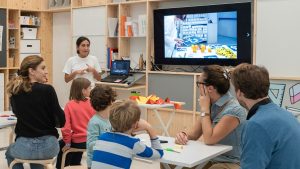
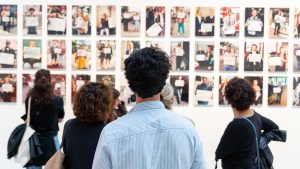
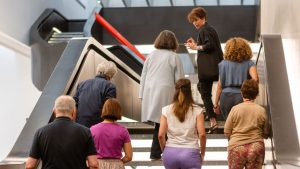
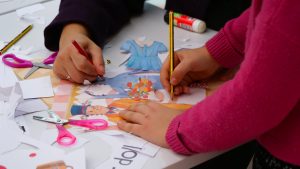


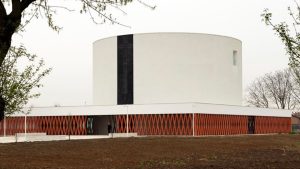

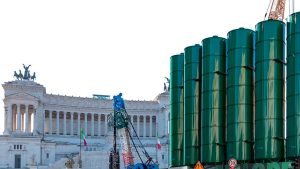

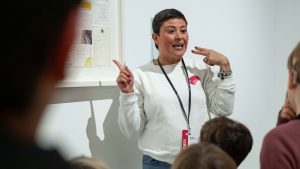



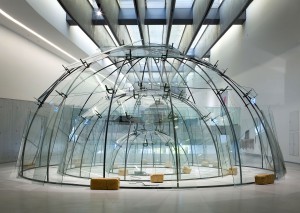
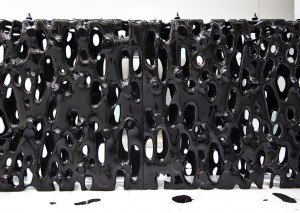
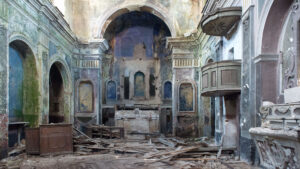



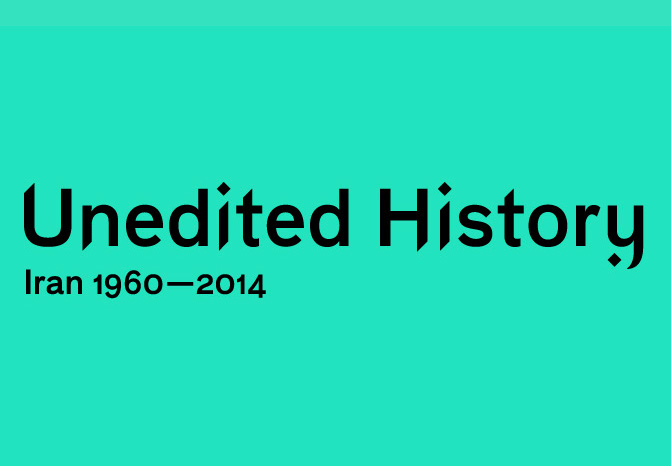
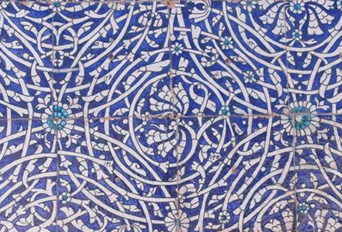

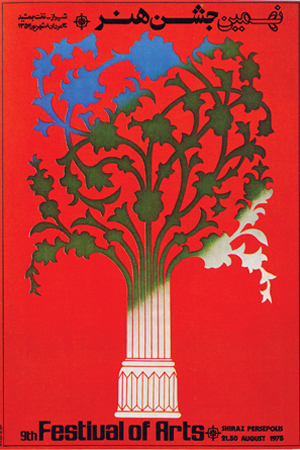
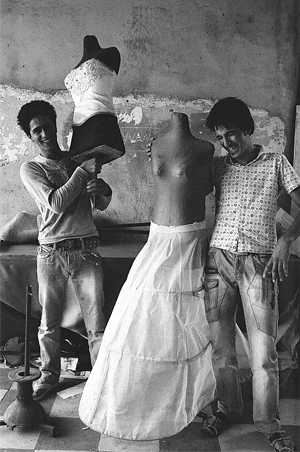
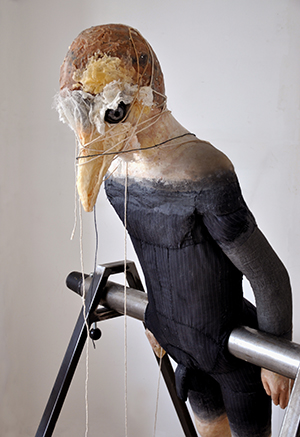
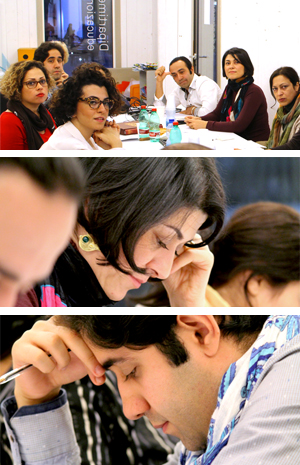

curated by Catherine David, Odile Burluraux, Morad Montazami, Narmine Sadeg and Vali Mahlouji
Galleries 2 and 4
Over 200 works, for the most part unseen in Italy, and more than 20 artists taking us through an exploration of Iran’s contemporary history from 1960 until today.
The exhibition’s three chronological sections are comprised of a wide variety of artworks – paintings, photographs, installations, graphic arts – and documents – archival material, journals, posters, videos – that help to reconstruct the social and political reality underlying the different manifestations of visual culture and modernism in Iran.
The exhibition is thus an attempt to recreate the important ‘sequences’ of events, ideas and changes produced by these manifestations over the past fifty years: the period of the Shah, the Revolution and the birth of the Islamic Republic, the war against Iraq and recent decades.
The title Unedited History refers to the process of film editing, to montage: the phase after a film has been shot but when the different sequences are still fragments, yet to be connected to create a coherent whole.
THE “MODERNIZATION”
REVOLUTION AND IRAN-IRAQ WAR
CONTEMPORARY PERPECTIVES
MY IRAN